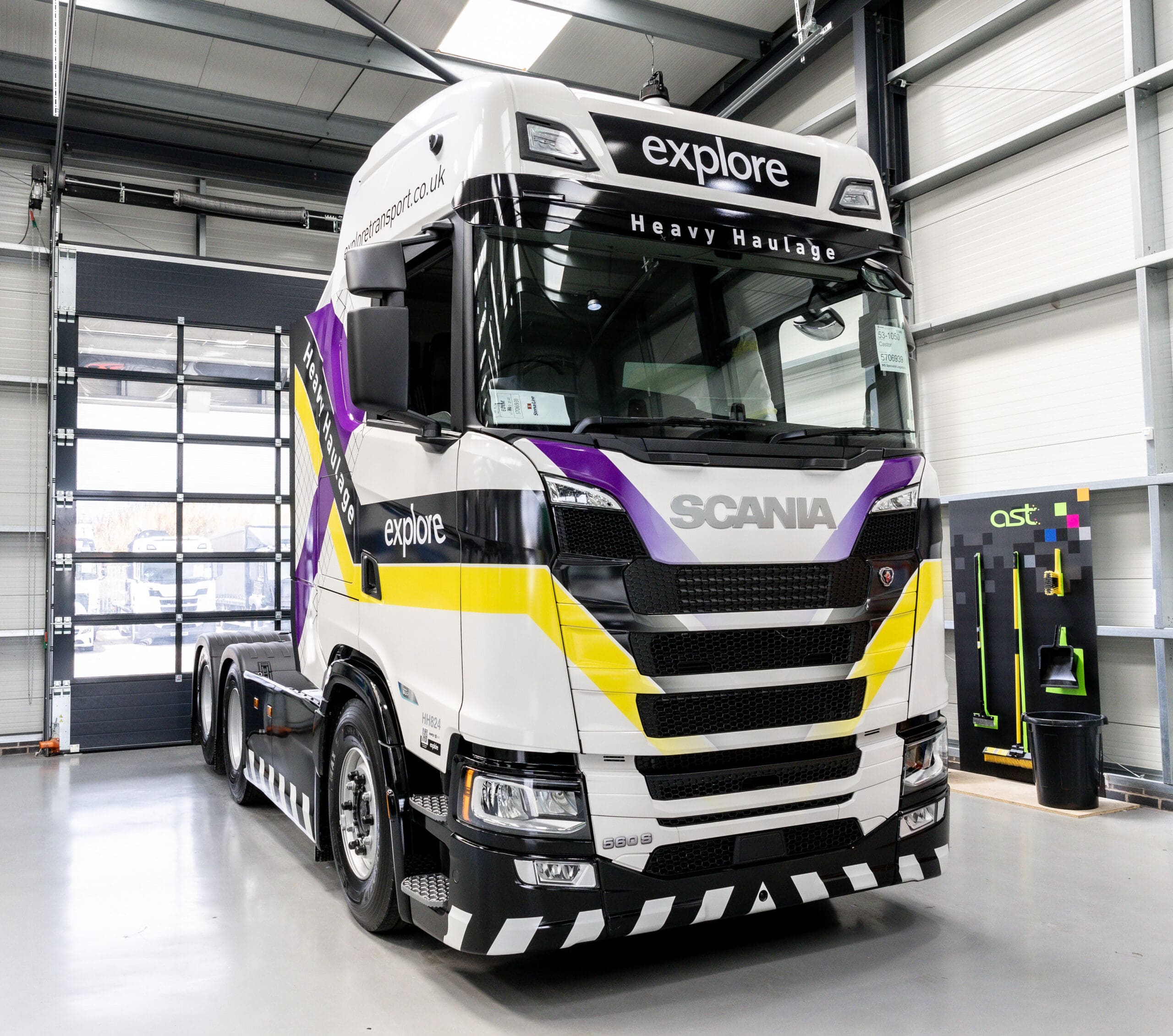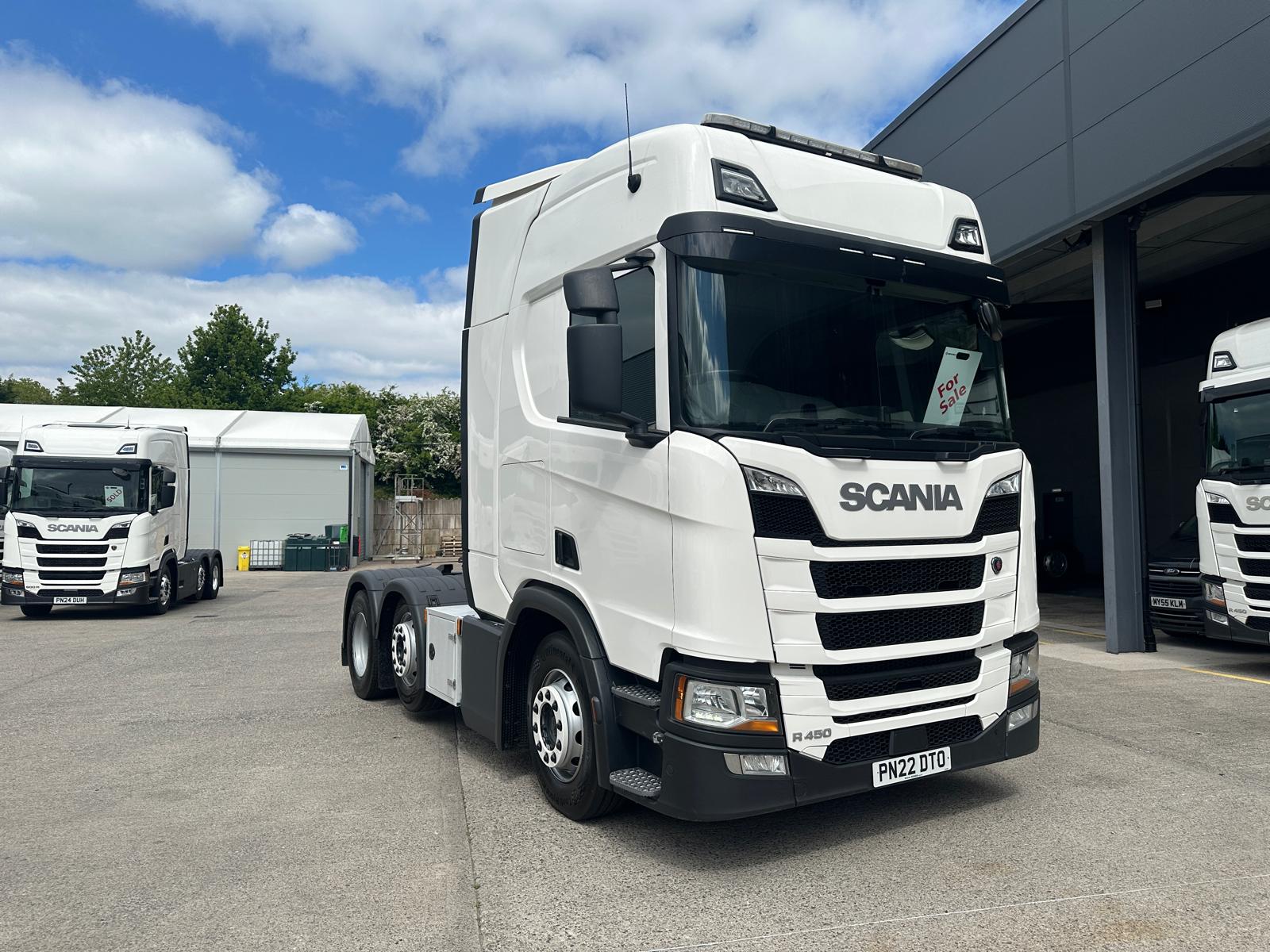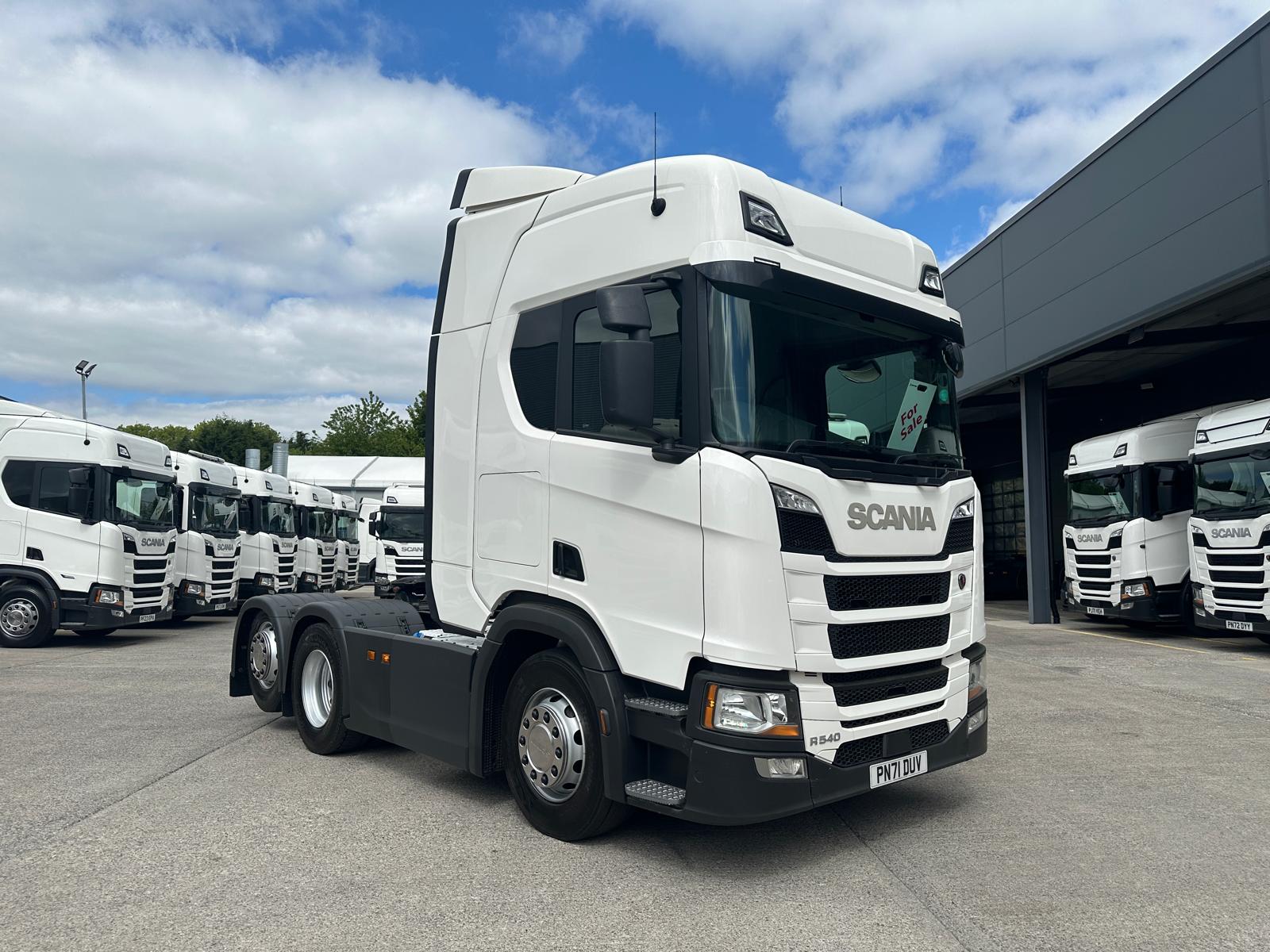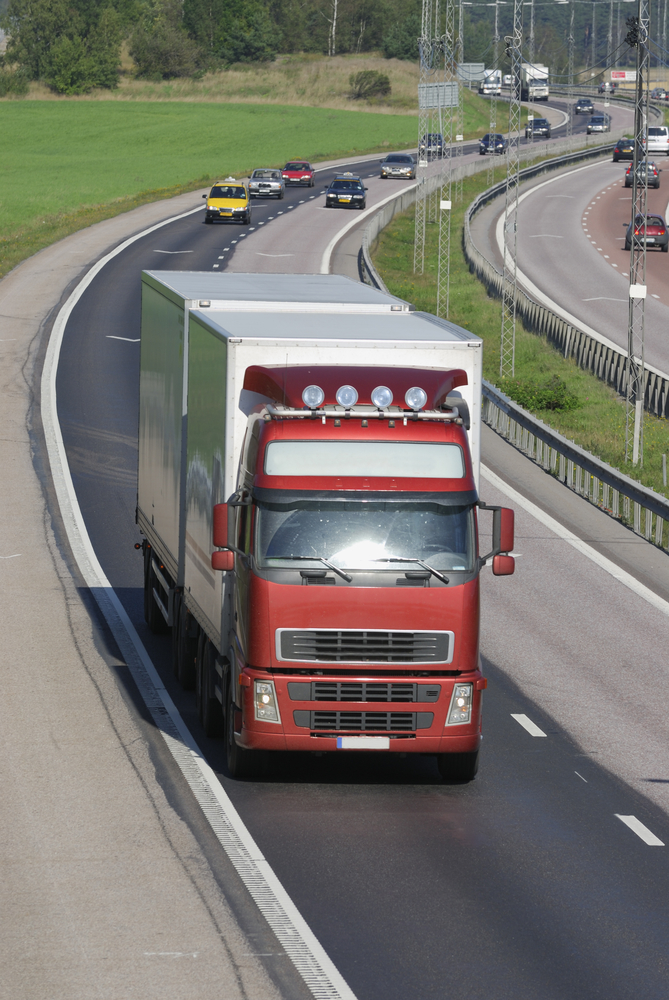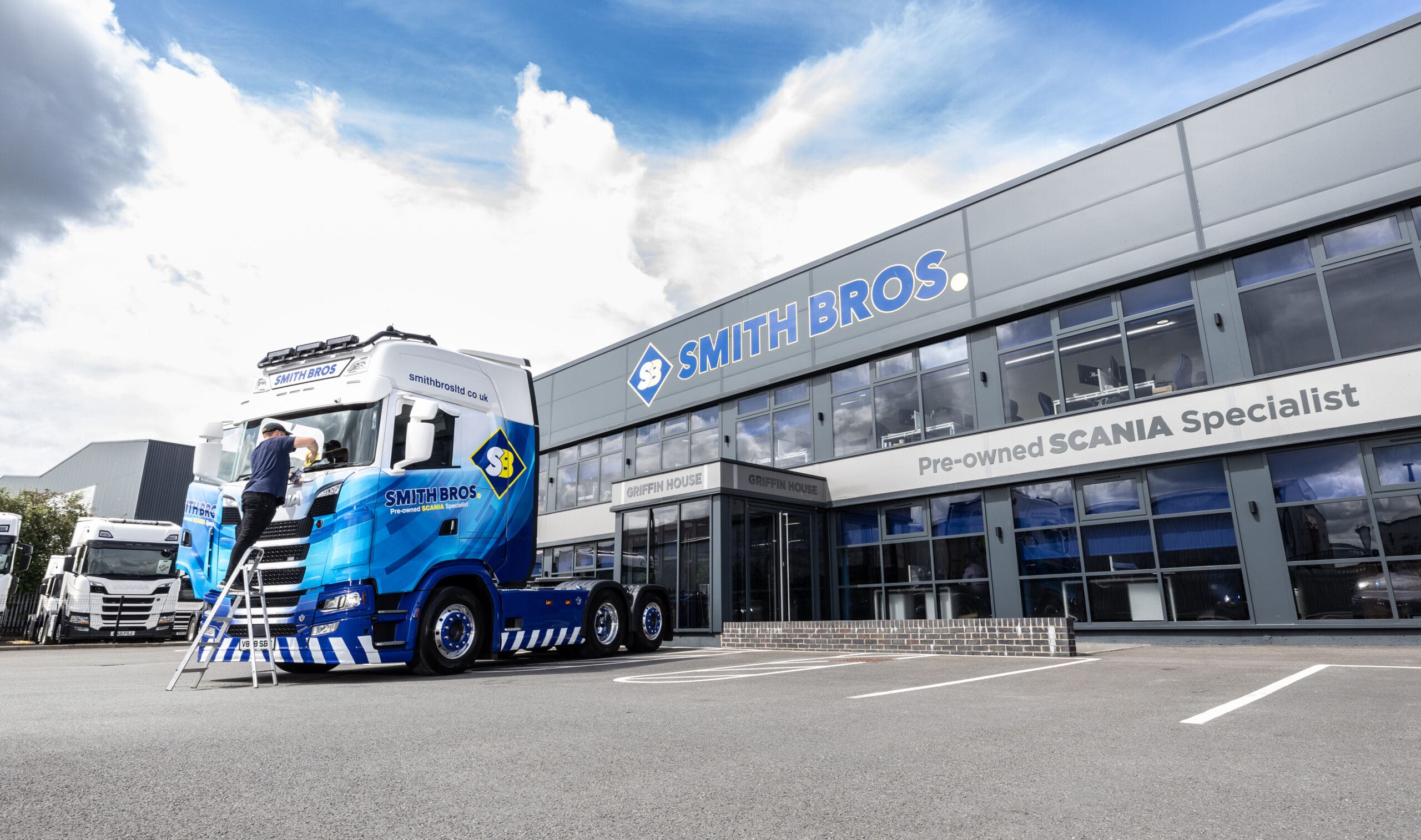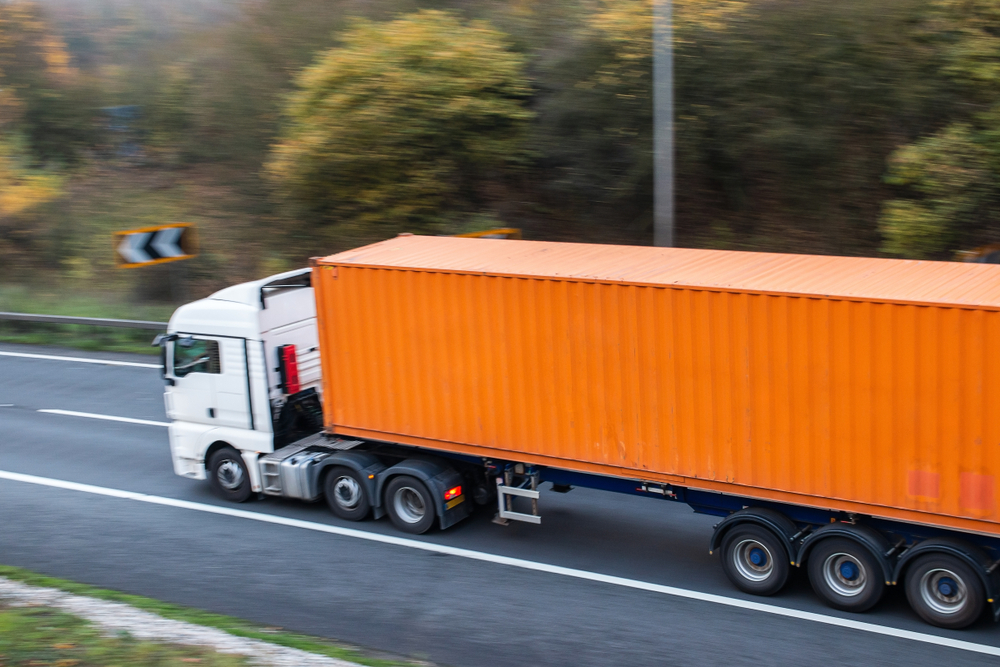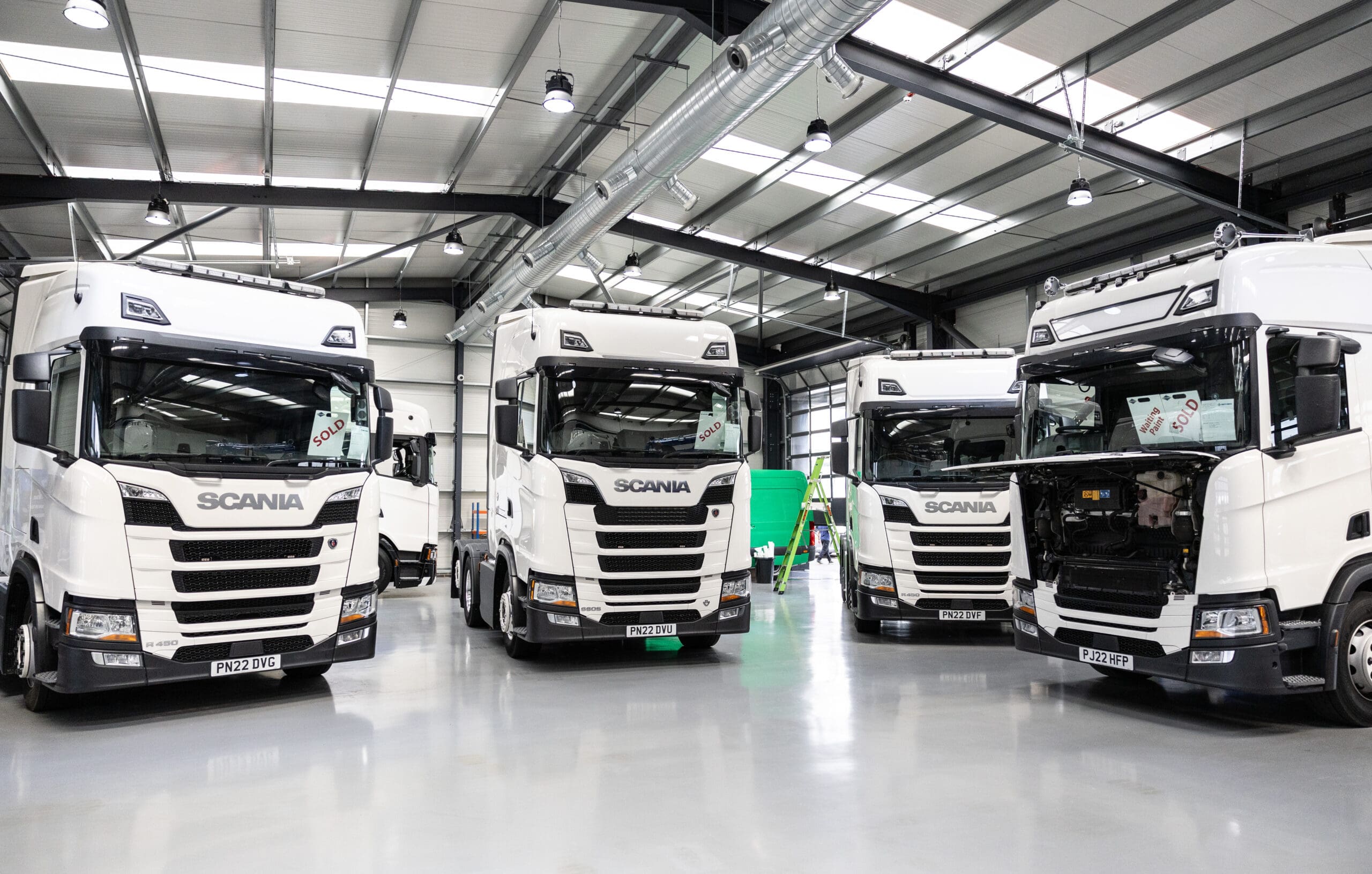10 TIPS TO GO THE DISTANCE WITH YOUR HGV FUEL ENGINE
1. PLAN AHEAD: REDUCE OUT-OF-ROUTE MILES
Super simple – mapping out your route in advance means you can get to your destination in the shortest amount of time. The less journey time, the less fuel needed.
By planning ahead, you can avoid the parts of the trip that are heavy on fuel. Things that slow you down quite literally, causing you to have to stop and start back up again will be what your chosen route should aim to avoid.
ROUTES TO AVOID FOR BETTER HGV FUEL EFFICIENCY
- Areas of high traffic
- Rural and rough terrain
- Meandering routes
- Steep inclines
- Construction zones
HGV DRIVER TRIP: Depending on the distance of your destination, you will likely need to refuel at some point. Factor fueling stations into your route so that, when you spot you’re running low, you can fill up the tank without detouring far out in search of a station.
2. REDUCE TIME SPENT IDLING
How much fuel do you burn when idling? Well, one hour will rob you of at least a gallon – believe it or not! That’s why it’s important that you idle only as a last resort.
Especially on those frostier days, you might be inclined to keep your HGV running in order to keep it toasty inside. Perhaps it’s only a quick pit stop or break for a coffee, and you won’t be long. Though it might be tempting to switch into idle, this is ultimately reducing your fuel efficiency, weighing on your wallet.
Minimising your idle time can also reduce truck maintenance costs .
HGV FUEL EFFICIENCY TIP: Did you know, a 10% annual reduction in idling is worth about 1% in fuel economy? That’s not bad at all.
3. DON’T ADD TO THE VEHICLE WEIGHT UNNECESSARILY
On their own, HGVs can weigh anywhere from around 7 tonnes to a 44-tonne flatbed lorry . The more weight on board, the more energy it’s going to take the lorry to get from A to B.
Though your lorry is, of course, designed to transport large quantities of goods, you do not have to keep it filled to the brim if it’s not necessary. Therefore, you should be unloading between trips if you don’t need to bring the full haul. Alternatively, if you drive as part of a fleet, find out whether there are smaller trucks available that are more suitable for lighter hauls.
HGV DRIVER TIP: If you’re driving between sites and don’t necessarily need your haul, consider our quality range of pre-owned Scania trucks , which allow you to drive with or without your HGV trailer.
4. AIM TO DRIVE AT A CONSTANT SPEED
Every time you accelerate your HGV, you burn more fuel. This is because the engine needs to work harder to push your vehicle forward. With the weight of the HGV factored in (often, we’re talking over 7 tonnes), it’ll come as no surprise that slowing up and down across a long-distance trip will have your vehicle glugging far more fuel than it has to.
HGV DRIVER TRIP: Use cruise control where you can to reduce your lorry MPG by 20% . Cruise control allows you to maintain a set speed without having to manually accelerate. It works best on flat surfaces, so reserve its use for the smoother parts of your journey, such as motorway driving.
5. RESIST HARSH BRAKING
Due to the weight of your HGV, not only can harsh braking cause potential damage to your truck, but it can also prove dangerous. Every time you brake, you lose energy and need to accelerate again from a lower momentum – this is bad news for your fuel efficiency.
When planning your route, aim to anticipate areas of high traffic congestion and always be sure to drive at a distance.
HGV DRIVER TIP: The DVSA recommends HGV drivers leave a gap of at least one metre for each mph or at least a 2-second gap between you and the vehicle in front.
